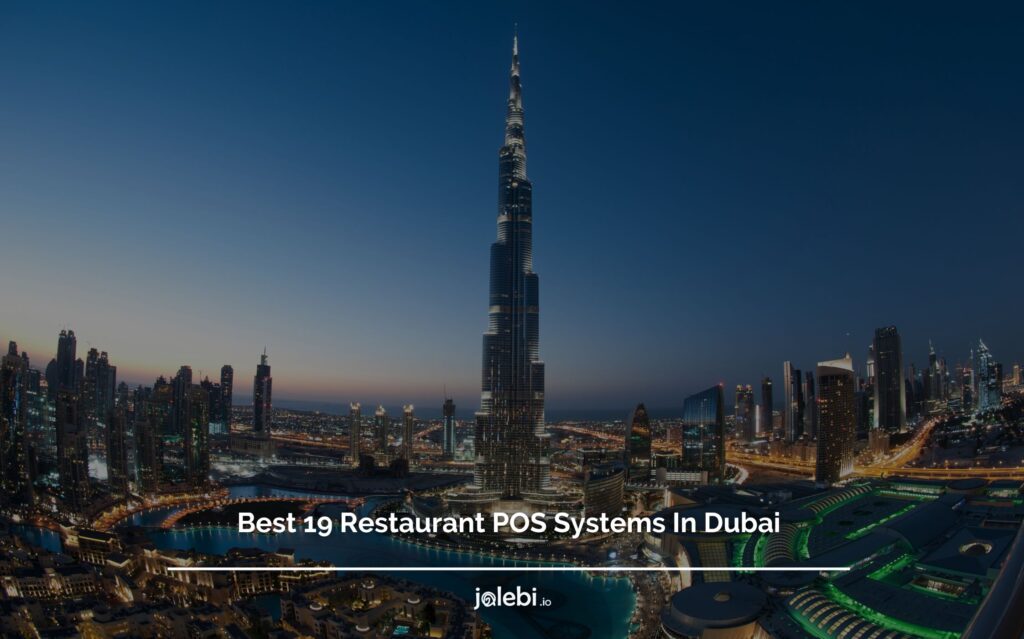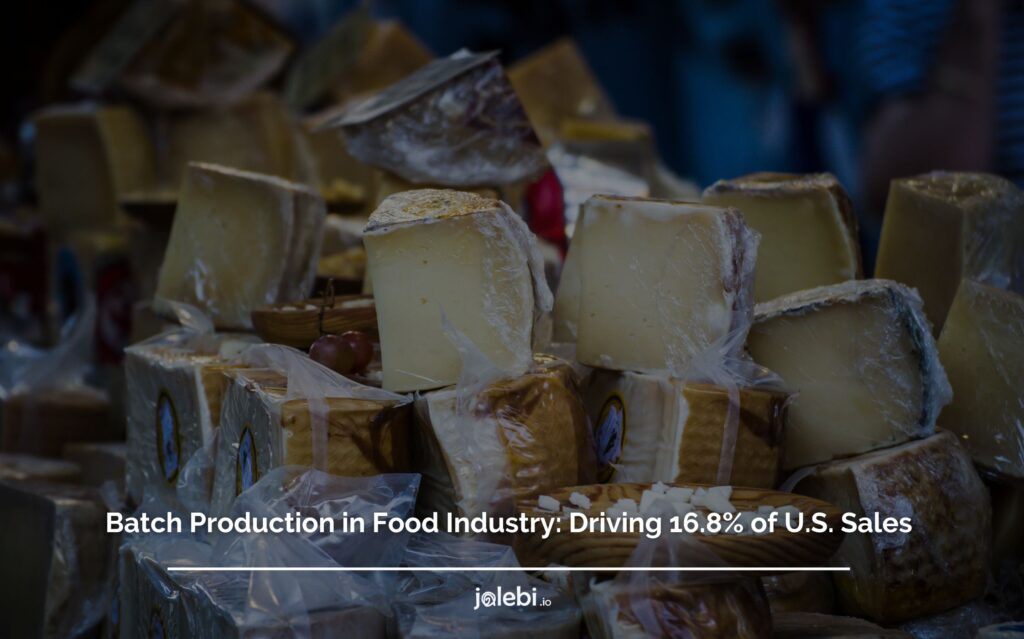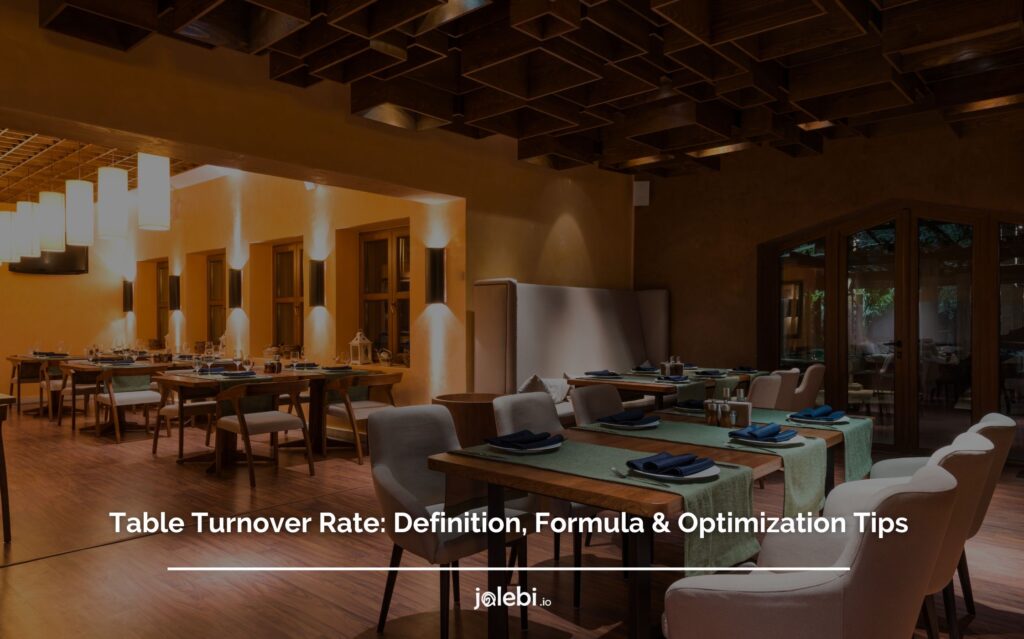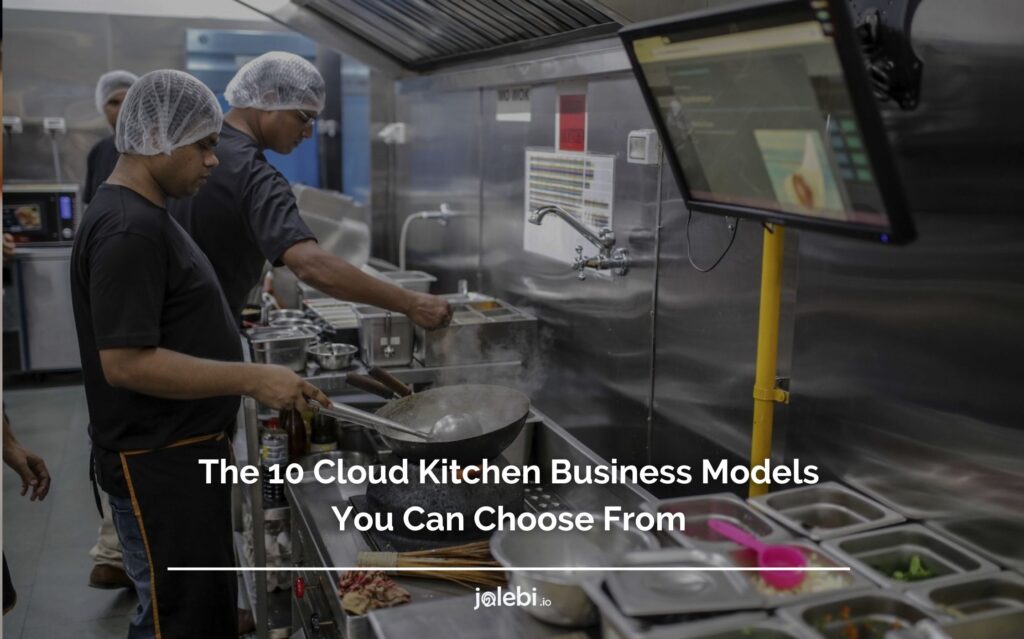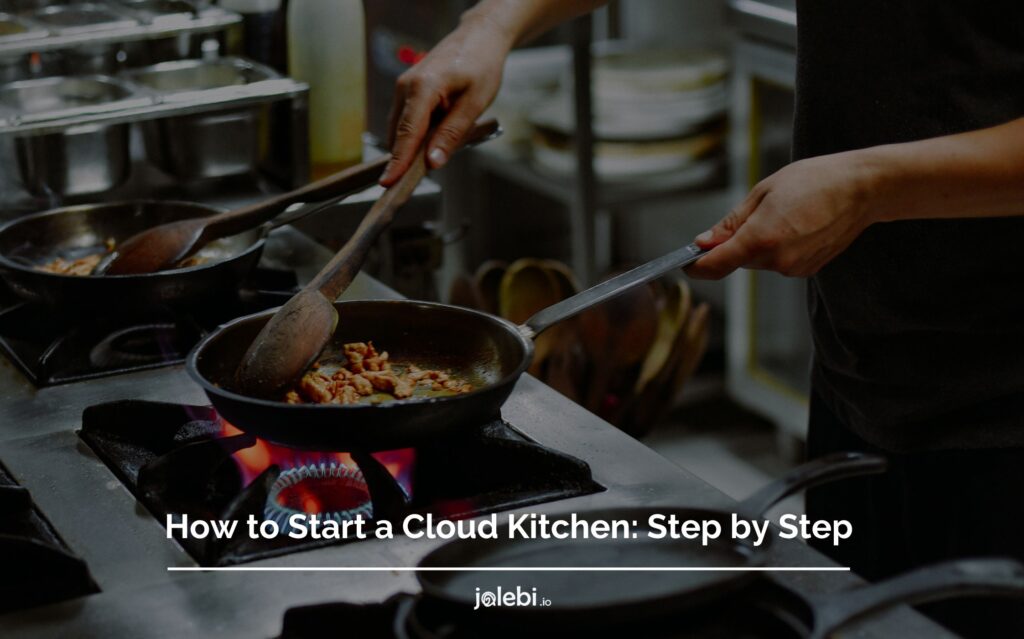Table of Contents
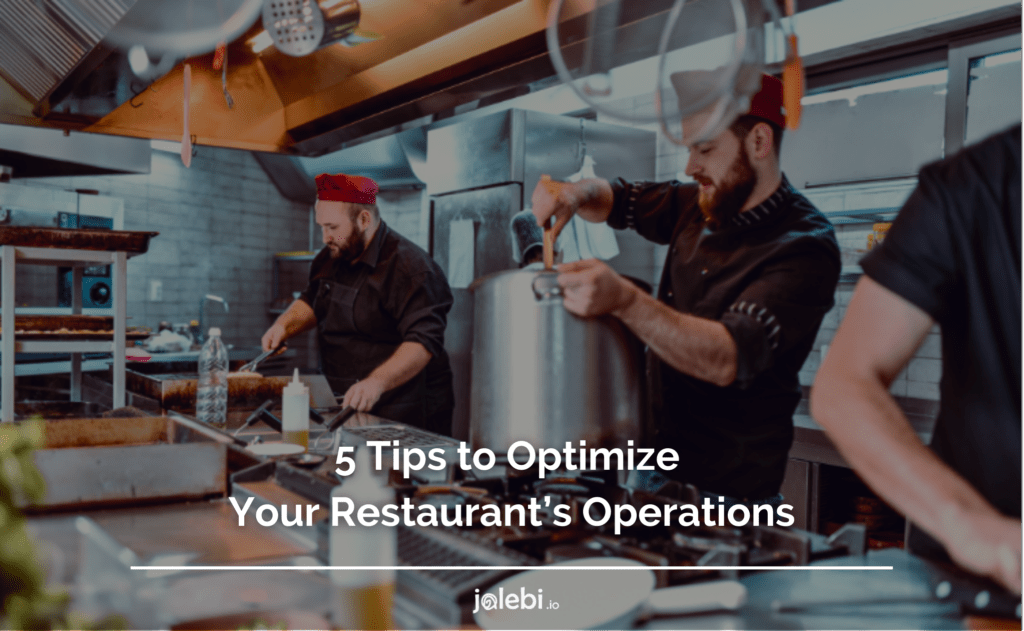
If you’re running a restaurant, you know there are many moving parts. All restaurant operations has to be perfect for your business to be successful, from the food to the service to the atmosphere.
But with the right tools and resources, you can make it easier to manage your restaurant and keep it running smoothly.
Wondering where to start?
There are countless ways to improve things, but not all of them will work for your specific business. That’s why focusing on the areas with the most significant impact is essential.
Continue reading to uncover all what you need to improve your restaurants operations and streamline your processes to make them run like a well-oiled machine!
What Are Restaurant Operations?
Restaurant operations encompass all the activities that keep a restaurant running on a daily basis. This typically referrs to things like menu creation, food preparation, front-of-house service, employee management, inventory control, and customer service.
These operations require careful coordination and attention to detail to ensure a smooth and efficient workflow. Effective restaurant management involves not only handling the day-to-day tasks but also anticipating potential challenges and finding solutions to enhance the overall customer experience.
From maintaining the quality and consistency of dishes to optimizing staff schedules and managing food costs, every aspect plays a critical role in a restaurant’s success.
Types of Restaurant Operations
1. Front of House (FOH) Operations:
Front of house operations refer to all activities and interactions that take place in the customer-facing areas of the restaurant. These are critical for ensuring a positive dining experience. Key components include:
- Greeting and seating guests: The host or hostess welcomes customers and manages seating arrangements to avoid overcrowding.
- Order taking and customer service: Waitstaff take orders, relay them to the kitchen, serve food, and attend to any customer needs or requests.
- Beverage service: Bartenders and servers handle drink orders, ensuring accuracy and timely delivery.
- Cleanliness and ambiance: Maintaining a clean, comfortable environment with appropriate lighting, music, and décor contributes to customer satisfaction.
- Billing and payments: The point-of-sale system (POS) is used to generate bills, process payments, and manage tips.
2. Back of House (BOH) Operations:
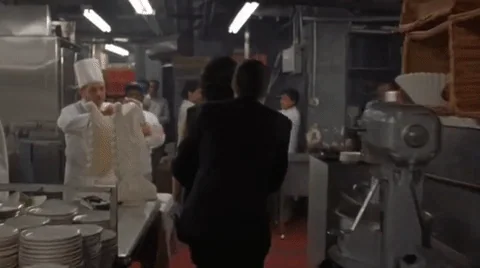
Back of house operations refer to the behind-the-scenes tasks that are essential to running the kitchen and ensuring smooth service. These include:
- Food preparation and cooking: Chefs and kitchen staff work together to prepare and cook meals, ensuring consistency in taste and presentation.
- Inventory management: Keeping track of ingredients, ordering supplies, and managing food storage are crucial to maintaining stock levels and minimizing waste.
- Dishwashing and cleaning: Maintaining cleanliness in the kitchen, washing dishes, and adhering to health and safety standards are vital for both hygiene and operational efficiency.
- Kitchen equipment maintenance: Ensuring all kitchen equipment is in working order prevents breakdowns that could delay service or compromise food quality.
- Staff coordination: The kitchen staff, including line cooks and sous chefs, must communicate effectively to manage food orders and prepare dishes on time.
Both FOH and BOH operations must work in sync to deliver a seamless dining experience, from the moment the customer walks in to the time they leave the restaurant.
Factors that Impact Restaurant Performance & Operational Efficiency
Many factors impact the performance of a restaurant and operational efficiency in restaurants.
Some of these are within the control of the restaurant owner, while others are out of their hands. However, these factors should be considered when opening and operating a restaurant.
Here are some of the main factors that impact the performance and operational efficiency in restaurants.
1. Location
One of the most important factors is location.
Being in a high-traffic area can naturally draw more potential customers.
Proximity to business centers, tourist attractions, or entertainment hubs can influence the volume and type of customers you attract.
However, the location should also align with the restaurant’s concept and target demographic.
For instance, a high-end, quiet dining restaurant might not perform well in a bustling, noisy area popular with younger crowds.
Also, accessibility is key – customers are more likely to choose restaurants that offer convenient parking and are easily reachable by public transportation.
2. Competition
Another factor to consider is competition.
While a certain level of competition can indicate a thriving market, too many similar establishments can saturate the market.
This makes it harder for any one restaurant to stand out and attract customers.
A successful restaurant must differentiate itself, either through unique menu offerings, superior service, an engaging concept, or attractive pricing.
3. Pricing and Services
The pricing should be competitive and appropriate for the target customer base, reflecting the quality and cost of the ingredients and the overall dining experience.
Service quality is equally crucial – efficient, friendly service can greatly enhance the customer experience and encourage repeat visits.
Additionally, the menu should be carefully curated to balance variety with operational efficiency.
Too many dishes can overcomplicate kitchen operations and increase waste, while too few may not satisfy customer expectations.
4. Employee Management
The performance and motivation of your staff greatly influence a restaurant’s efficiency and customer service quality.
Ensuring your staff is well-trained, motivated, and understands their roles can lead to smoother operations, quicker service, and happier customers.
Regular training and staff engagement activities can foster a positive working environment, reducing turnover and increasing productivity.
5. Technology Use
Today’s successful restaurants often employ technology to improve efficiency and customer service.
For instance, a good Point of Sale (POS) system can streamline ordering, payment, and inventory management, reducing errors and wait times.
Online reservation systems can enhance customer convenience and help manage dining room capacity.
Utilizing technology effectively can give a restaurant a competitive edge and enable it to deliver a smoother, more modern dining experience.
It is essential to carefully consider all of these factors before opening a restaurant to ensure restaurant optimization.
Best Practices to Improve Operations Management in your Restaurant
Are you wondering how to improve restaurant operations and streamline your tasks? Here are five tips to help you get started.
1. Incorporate Automation into the Processes
Automating restaurant operations can have several benefits that can optimize performance.
- For one, it can speed up service times, as orders can be placed and processed more quickly.
- Additionally, it can help to improve accuracy and reduce human error.
- Automation can improve communication between front-of-house and back-of-house staff and between different locations.
Ultimately, incorporating automation into restaurant operations can help to create a more streamlined and efficient process, leading to improved performance and profitability.
2. Track Inventory Levels
There are many moving parts in any restaurant. From keeping track of orders to ensuring the kitchen is adequately stocked, there’s a lot to ensure a smooth operation.
One of the most important thing a restaurant can do is to keep track of inventory levels. This information can ensure that the kitchen is always stocked with the necessary ingredients and can also help potential flag issues before they become problems.
For example, if inventory levels are consistently low for a particular item, it may be time to reconsider your menu or supplier. Tracking inventory levels is an essential part of running a successful restaurant, and it can help to optimize operations and avoid potential disruptions.
With jalebi.io, you can integrate your inventory with your menu, so you never run out of stock. That way, you can prevent the headaches that come with having to track inventory levels manually constantly.
3. Computerize Table Reservations
Dining out is a popular pastime and one that most people enjoy. However, the process of making a reservation can often be frustrating. Restaurant phone lines are often busy, making it difficult to get through to a human operator.
Automating the table reservation process can help to optimize restaurant operations and improve the customer experience. By integrating reservations into restaurant websites and apps, customers can easily make a reservation without having to wait on hold or provide their credit card information.
Additionally, automating reservations can help restaurants to manage their table inventory better and ensure that guests are seated promptly. As a result, automating table reservations can lead to happier customers and more efficient restaurant operations.
jalebi.io allows restaurants to automate table reservations and reduce no-shows. jalebi.io’s table management feature lets one see the number of tables covered at their restaurant in real time and the number of free tables. This information helps restaurants make better decisions about their table allocation and ensure that their guests are seated promptly.
4. Create Insightful Menu
Are you wondering how to improve restaurant operations? One way is to create a detailed menu that lists all of your servings, prices, and ingredients. This can help customers make informed decisions about their orders and help the restaurant staff understand customer needs better.
In addition, having a detailed menu can help the restaurant to keep track of inventory and ensure that all items are properly labeled. By taking these steps, restaurants can improve their operations and provide a better customer and staff experience.
If you’re looking for a way to add prices and calories to your menu, jalebi.io is the perfect solution. Not only does it let you add prices and calories, but you can also add the ingredients in every serving. This is great for boosting performance optimization as customers can easily recognize if the dish has any allergens they need to avoid.
5. Enhance Communication
In any restaurant, communication is key to success. Keeping lines of communication open between front-of-house and back-of-house staff ensures that orders are being processed correctly and efficiently. Customers who have a positive experience at your restaurant are more likely to return.
To optimize communication in your restaurant, take the following steps.
- Start by establishing clear communication channels. Make sure that everyone knows who is responsible for what tasks and that there is a clear hierarchy.
- Foster open communication between staff members and create a feedback culture.
- Encourage employees to speak up if they have suggestions for how to improve the restaurant’s operations.
By taking these steps, you can create a more cohesive and effective team that can better meet your customers’ needs. At jalebi.io, we believe that communication is key to success in any business. That’s why we’ve developed a feature that allows employees to take down orders in two languages. Doing this can facilitate better communication between staff and customers, increasing satisfaction and repeat business.
Streamline Your Restaurant Operations with jalebi.io
Whether a small mom-and-pop shop or a large chain, your restaurant’s success depends on efficient operations. However, with so many moving parts, it can be difficult to know where to start. That’s where jalebi’s restaurant operation management system comes in.
Our restaurant operation management system is designed to help streamline your operations from the front to the back of the house. With jalebi.io, you can manage your inventory, track your sales, and optimize your menu. Therefore, enable your restaurant to gain insight into the data analytics of their operations to improve them over time.
Whether you need a few simple tools or a complete overhaul of your operations, jalebi.io can help. We enable you to overview everything from suppliers to transactions. So contact us today if you’re ready to take your restaurant to the next level. We’d happily show you how our system can benefit your business.
Final Thoughts
Optimizing your restaurant’s operations is essential for achieving success in a competitive industry.
By following the five tips outlined in this blog, you can improve your restaurant’s efficiency, profitability, and customer satisfaction.
From reducing wait times to improving staff training and implementing technology solutions, there are many ways to optimize your operations and stand out from the competition.
And when it comes to choosing the best restaurant management platform for your business, jalebi is the leading restaurant management system.
With its advanced features, user-friendly interface, and reliable customer support, jalebi can help streamline your restaurant operations, reduce costs, and increase profitability.
Whether you’re a small independent restaurant or a large chain, Jalebi is the perfect tool to take your business to the next level.
So, make the smart choice and invest in Jalebi today to optimize your restaurant’s operations and achieve long-term success.
Frequently Asked Questions
- How can I reduce wait times in my restaurant?
Reducing wait times is essential for improving customer satisfaction and increasing table turnover.
One effective way to reduce wait times is to implement a reservation system or waitlist management system to help manage seating arrangements and minimize overcrowding.
Additionally, optimizing your restaurant layout and flow, training staff to be more efficient, and implementing technology solutions such as self-ordering kiosks or mobile ordering can also help reduce wait times.
- How can I improve staff training in my restaurant?
Proper staff training is crucial for providing excellent service, maintaining consistency, and reducing errors.
Start by developing a comprehensive training program that covers all aspects of your restaurant’s operations, including customer service, menu knowledge, and safety protocols.
Utilize hands-on training and shadowing to help staff learn by doing, and provide ongoing feedback and coaching to help them improve.
Additionally, consider using technology solutions such as e-learning platforms or management software to help streamline and track training progress.
- How can I manage inventory more effectively in my restaurant?
Managing inventory effectively is crucial for minimizing waste, reducing costs, and ensuring that you have the ingredients you need to run your restaurant.
Start by implementing an inventory management system to help track inventory levels and monitor usage patterns.
Additionally, conducting regular inventory audits and ordering only what you need can help reduce waste and optimize inventory levels.
Finally, consider using technology solutions such as automated ordering or recipe costing tools to help streamline inventory management and improve accuracy.
- How can I improve my online presence to attract more customers?
In today’s digital age, having a strong online presence is crucial for attracting new customers and retaining existing ones.
Start by creating a website for your restaurant that includes your menu, hours of operation, location, and contact information.
Utilize social media platforms such as Facebook, Instagram, and Twitter to promote your restaurant, engage with customers, and share updates and specials.
Additionally, consider partnering with online delivery services such as Uber Eats, GrubHub, or DoorDash to expand your reach and attract new customers.
Finally, encourage satisfied customers to leave reviews on popular review sites such as Yelp or Google My Business to boost your online reputation and attract more customers.

